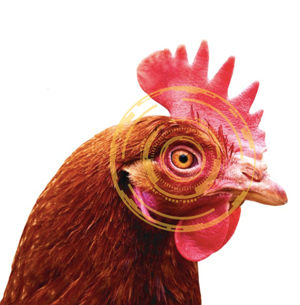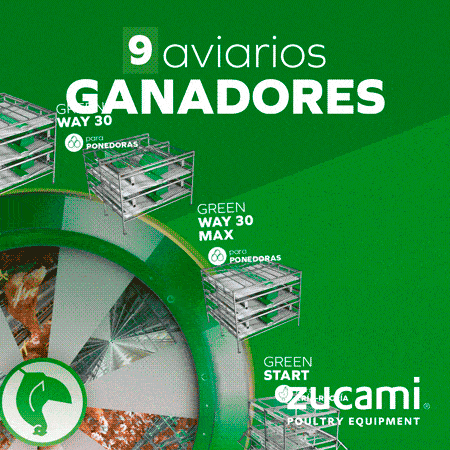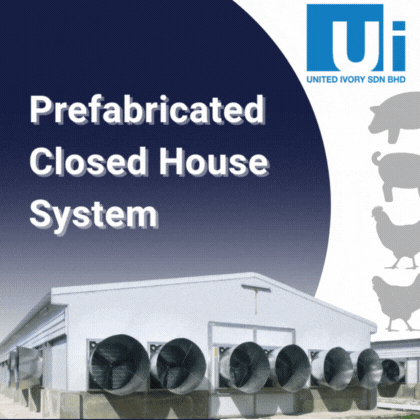Hens have a highly developed visual system developed over many years in the wild designed to meet the requirements necessary for social interactions, foraging, mate identification and survival.
To read more content about aviNews International July 2021


















